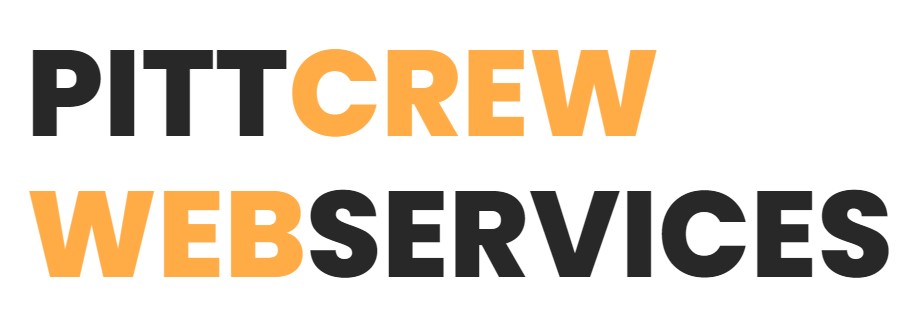On-page optimization is all about making sure your website is set up in a way that search engines can easily understand and find it relevant to users’ search queries. This includes using keywords in your content, titles, and URLs, as well as structuring your website with header tags and internal links.
One important step in on-page optimization is researching and using keywords in your website’s content. These are the phrases and words that people are searching for, so by including them in your website, you increase the chances of your website showing up in search results.
Another important aspect is meta tags, specifically the title tag and meta description. These tags provide information about your webpage to search engines and they should be written in a way that is both informative and persuasive to the user. Also, it’s important to include keywords in them.
Header tags, like H1, H2, and H3, are also important for structuring your website’s content and showing search engines the hierarchy of the information on your page.
It’s also important to have a user-friendly URL structure, one that is easy to read and includes keywords. And don’t forget about images and videos, they can provide additional information and make your webpage more engaging.
Another thing to keep in mind is internal linking, connecting the pages within your website, it helps search engines understand the structure of your website, and helps users navigate it easily.
Lastly, it’s crucial to make sure your website is fast and mobile-friendly. Search engines prefer websites that load quickly and are optimized for mobile devices, and so do users.
In short, on-page optimization is about making your website easy to understand and relevant for both search engines and users. By using keywords, meta tags, header tags, internal links and optimizing your website’s speed and mobile-friendliness, you increase your chances of ranking higher in search results.

